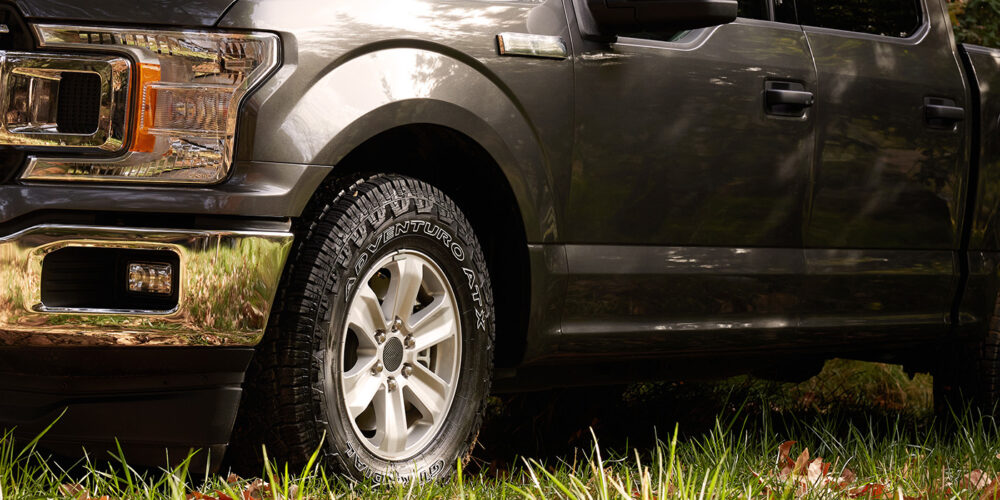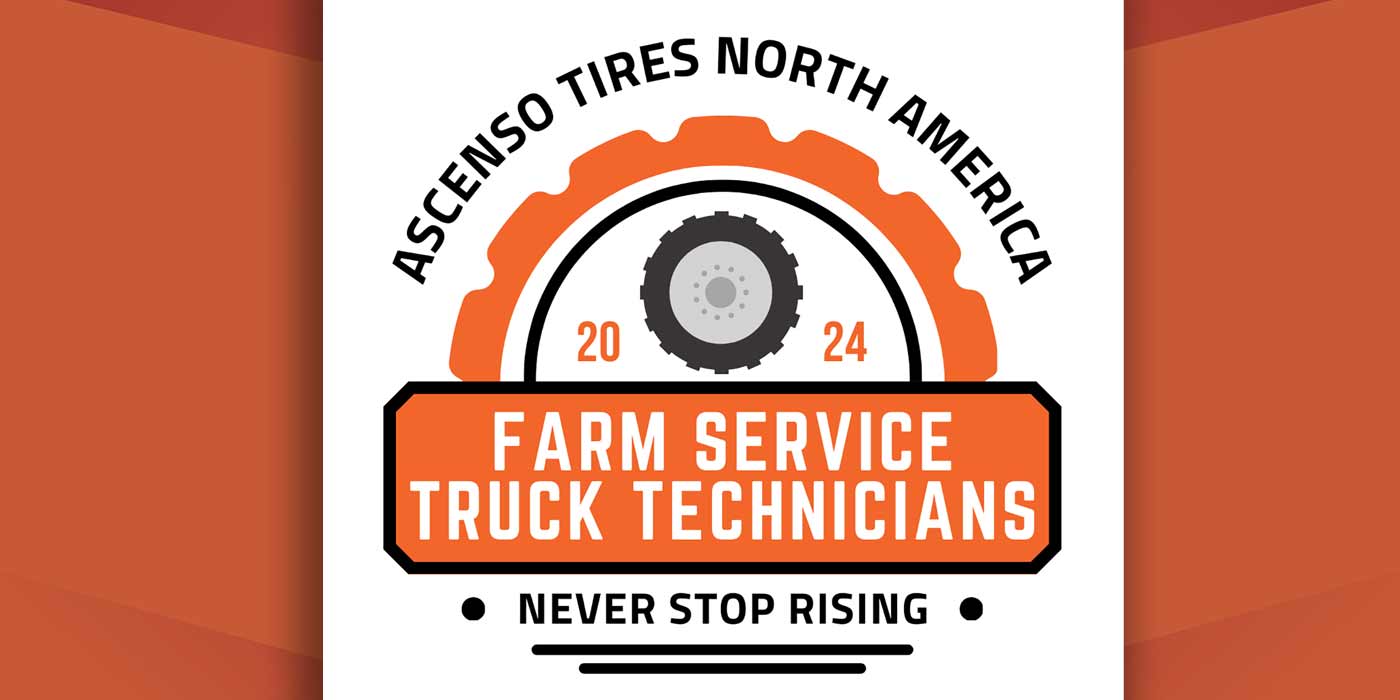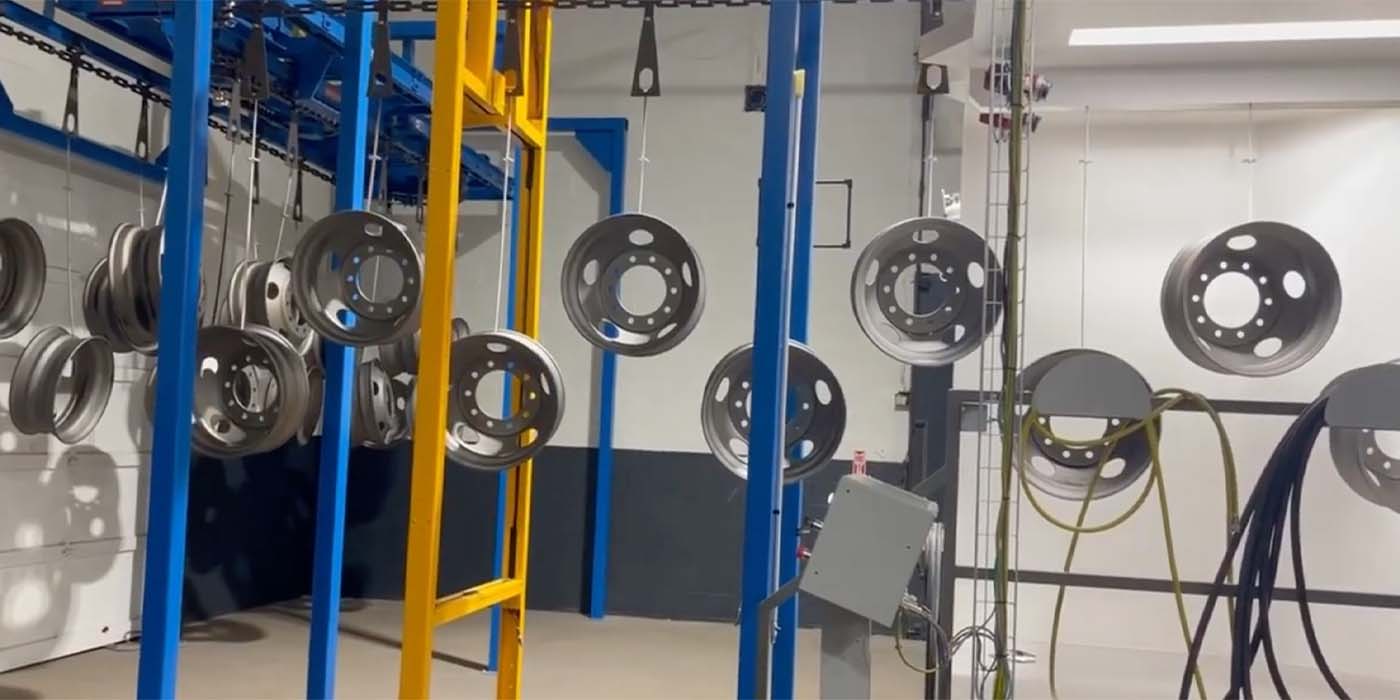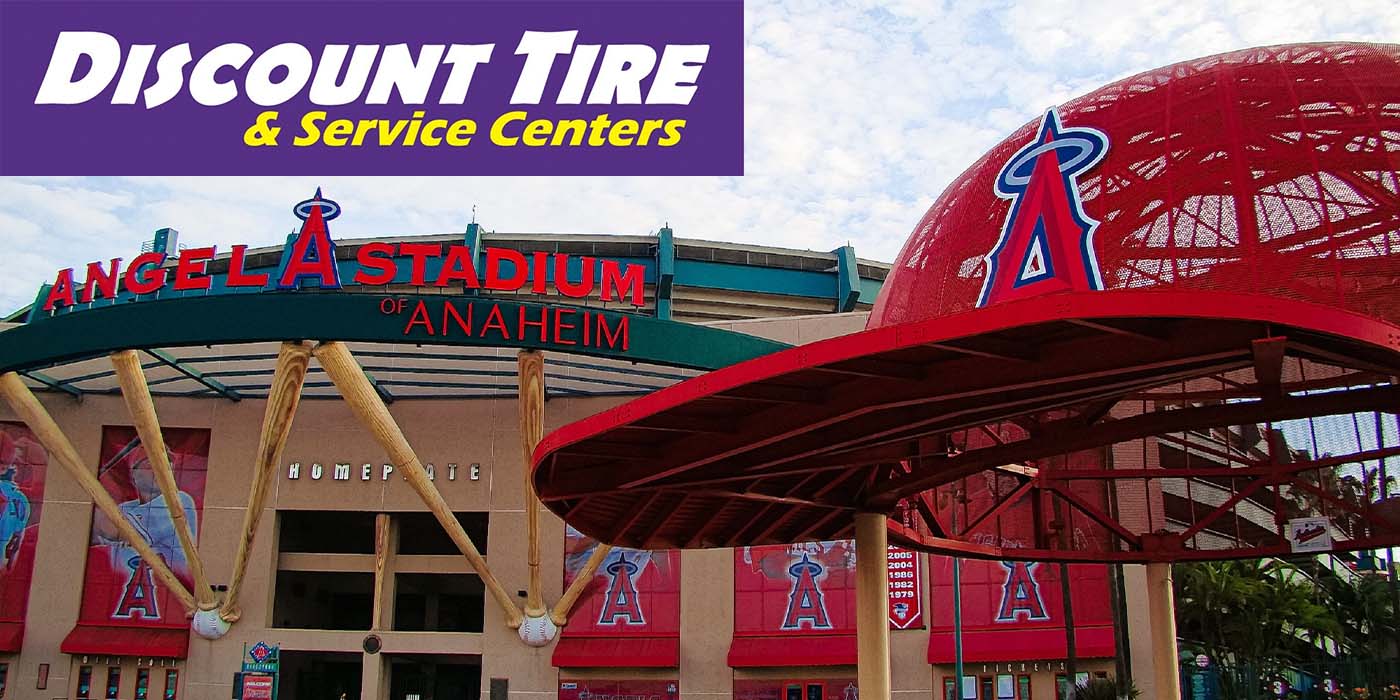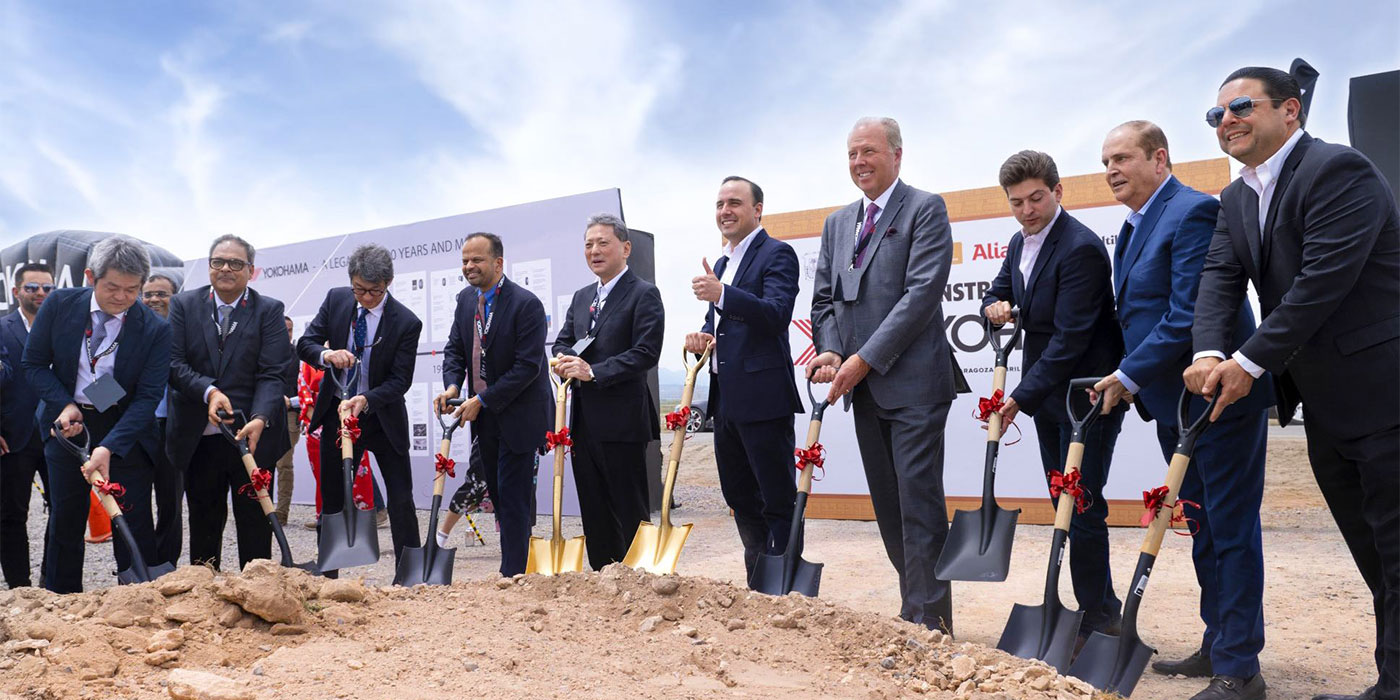When it comes to truck tires, you might be at the counter with a customer who is describing how they plan to use their vehicle. Then, a question pops into your mind: Hmmm…H/T or A/T? Knowing the differences between these two tire segments—highway-terrain tires and all-terrain tires—will help you marry the vehicle’s capabilities with the customers’ needs. This will ultimately lead to a successful sale and a satisfied customer who will return because they trust you.
Performance Tradeoffs
First, we must understand that all tires represent tradeoffs in performance as well as appearance. Truck tires exist on a spectrum from Sport Truck to H/T (Highway Tread), to A/T (All Terrain), to R/T (Rugged Terrain), to M/T (Mud Terrain). All of these segments serve a specific set of performance attributes. Although R/T sits in between A/T and M/T on the spectrum, some may argue that R/T tires are merely an extension of the extreme end of the A/T segment. In some cases, this is true. For purposes of this article, though, we’ll focus on A/T tires and touch on the differences with H/T tires as these two categories make up the bulk of the market.
A/T tires are generally more aggressive in appearance than H/T tires, with H/T tires taking on the appearance of a beefed-up touring tire.
The GT Radial line-up, for example, has the Adventuro HT with a five-rib or four-groove traditional highway pattern. Compare that to GT’s all-terrain tire, the Adventuro ATX, with larger blocks, greater void areas, deeper tread and off-shoulder design elements normally found with AT tread designs.
The A/T tire’s aggressive tread pattern allows for more traction off-road and is especially suited for consumers who frequently take their vehicle off-road for recreation or work. In addition to the pattern differences, A/T tires generally have deeper tread depths which aid in their off-road capabilities. The combination of the pattern and deeper tread depth leads to some tradeoffs, specifically noise and ride; A/T tires will be louder and will ride rougher than their H/T counterparts.
These performance characteristics also exist on a continuum. Understanding this and matching it to the customer’s needs is vital to the dealer’s success. At one end of the spectrum, A/T tires are almost like H/T tires, especially for OE A/T fitments due to the requirements for rolling resistance and noise imposed by the OEM. At the other end of the spectrum, A/T tires are very aggressive with very deep tread depth and, yes, louder.
We should consider this performance continuum bleeding into the R/T category. That might blur the lines, but it’s necessary for the proper matching of attributes and needs. A key feature in most A/T tires today is the three-peak mountain snowflake mark or 3PMS. This designates that a tire has achieved a certain level of snow performance that was previously reserved for winter tires but has now come to A/T tires with advancements in compound technology. In today’s competitive market, 3PMS is almost a must-have for the A/T category.
Aesthetics
A/T tires have a much more aggressive appearance compared to H/T tires. This can be seen in both the main tread portion of the tire as well as the area in the upper sidewall leading to the tread — what we commonly refer to as the off-shoulder area. For some consumers, this more than anything else drives them away from an H/T toward an A/T tire.
For those seeking an even more aggressive appearance, they may choose an R/T or an M/T. Off-shoulder aesthetics can be the difference between a successful tire line and a failure in today’s market. It should also be noted that the sidewall lettering and color is part of the tire’s appearance package.
Tire Sizing and Type
P-metric vs. LT-metric vs. flotation may come into play for the consumer here. Consumers wanting to upgrade their trucks, which usually means plus sizing, will generally trend toward A/T tires since these upgrades are mostly for aesthetics. No matter what tire they choose, it must be able to carry the load, and additionally, for newer vehicles, it must not trip up the TPMS.
There is usually no need to change from a P-metric type tire to an LT-metric unless it is related to the load-carrying capability. Some will choose to change their OE size for a flotation size, which happens more in the R/T and M/T segments. Older versions of flotation sizes were load range C, or maybe E, but the max pressure for these was not compatible with the TPMS so most new, larger flotation sizes come with a Load Range F and an 80 psi max pressure.
Finding Success
To serve customers, a tire dealer needs to have product offerings that properly cover the entire performance and aesthetic spectrum in a lineup that makes sense for the market. A/T tires must focus on great off-road performance and an aggressive appearance, while H/T tires should focus on a smooth and quiet ride. A great A/T tire will find the right balance between aggressive off-road and reasonable on-road manners.
Both the H/T and A/T segments have seen steady growth over the years, with the market share between the two remaining constant. These two segments combined represent the majority of the market. Just looking at the combined volume of H/T and A/T tires, A/T tires represent about 40% with H/T representing 60%.
One last item to help solidify your customer satisfaction, especially with an A/T tire (or any tire on a pickup or SUV) with deeper tread and larger blocks — invite the customer back for a free rotation at 4,000-4,500 miles. This is the sweet spot to ensure there is ample time to smooth out any irregular wear from tire scrub on the front axle. This early rotation minimizes noise later in the life of the tire and provides the consumer with greater satisfaction and trust in you.
The bottom line: do your research on the light truck product lines you carry. Then ask the consumer the right questions to help guide your recommendation and create a repeat customer.
David Poling is the director of tire development & product marketing for Giti Tire R&D Center (North America) Inc.

